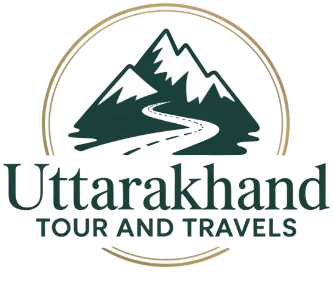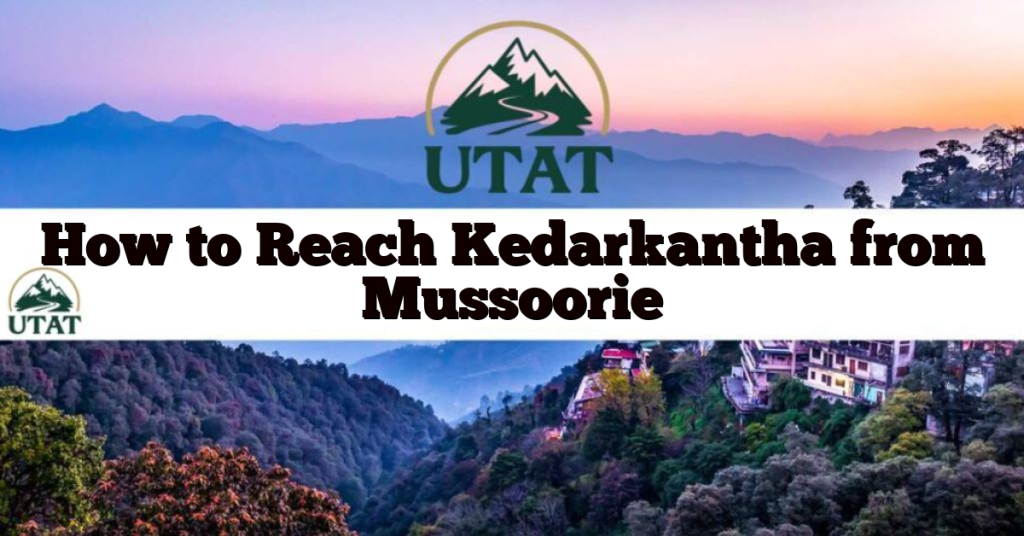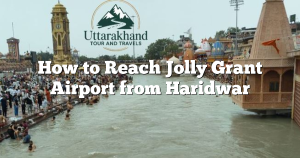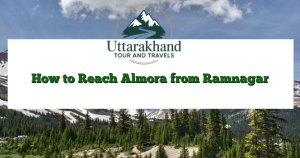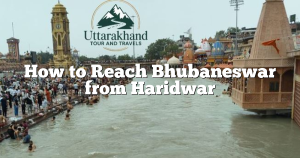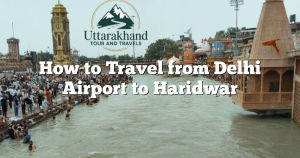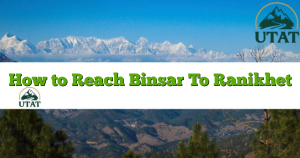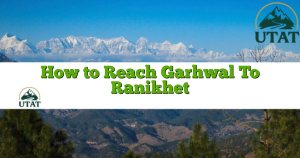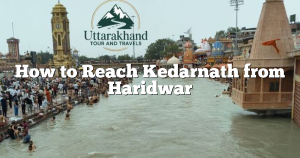Kedarkantha (not to be confused with Kedarnath) is a stunning Himalayan peak in Uttarkashi district, Uttarakhand, renowned as the most popular winter trek in India. At an altitude of 12,500 feet, it is equally rewarding in late spring and autumn for its meadows, pine forests, campsites, and jaw-dropping summit panorama. This guide will take you step-by-step from Mussoorie to the summit, with practical details, travel modes, and everything a trekker needs to know.
Overview: Distance, Timing, and Terrain
- Total distance Mussoorie to Sankri (Base Camp): ~164–190 km by road (depending on route), plus a short approach from Dehradun.
- Mussoorie to Kedarkantha (including trek): ~364 km total (road + trek)
- Road time Mussoorie to Sankri: Usually 10–12 hours, often split over a day with a break in Dehradun or Mori.
- Trek distance (Sankri to Kedarkantha summit and back): ~20 km loop over 4–6 days; around 10 km to summit, 10 km descent.
- Trek difficulty: Easy to moderate; suitable for beginners with fair fitness.
- Best season: Winter (Dec–April, for snow), Spring (March–May for flowers), Autumn (Oct–Nov for clear skies).
Detailed Route and Step-by-Step Itinerary
1. Mussoorie to Dehradun (Road)
- Distance: ~34 km
- Time: ~1.5–2 hours
- Transport options: Private taxi, bus, shared jeep
- Descend winding Himalayan roads into the Doon Valley; Dehradun is a major transit point with railway station, airport, and many hotels.
2. Dehradun to Sankri (Road)
- Distance: ~190–200 km
- Time: 8–10 hours, crossing through Mussoorie, Kempty Falls, Purola, Mori
- Travel options:
- Direct bus: UTC/GMOU buses leave Dehradun Railway Station (near Parade Ground) usually by 7–8 am, take 9–10 hours through the Yamuna and Tons valleys.
- Private taxi or self-drive: Scenic but demanding route with hairpin bends and river drives. Especially beautiful, but budget more stops and a break in Mori or Purola.
- Packed snacks, water, and cash: Few ATMs past Mussoorie; digital payments unreliable on mountain stretches.
- Stay at Sankri: Arrive late afternoon or evening, check into guesthouse or homestay.
3. Sankri to Kedarkantha Summit (Trek)
Trekking Route (Usual Itinerary)
Day 1: Sankri to Juda Ka Talab
- Distance: 4–5 km
- Elevation gain: 6,400 ft to 9,100 ft
- Trail: Through dense pine, oak, and maple forests, gentle climbs, broad meadows.
- Stay: Camp at Juda Ka Talab, enjoy alpine lake views.
Day 2: Juda Ka Talab to Kedarkantha Base Camp
- Distance: 3.5–4 km
- Elevation: 9,100 ft to 11,200 ft
- Trek through more meadows, snowy stretches in winter; catch breathtaking sunset and Himalayan range scenes.
Day 3: Summit Push (Kedarkantha Base to Summit and Back to Base/Hargaon)
- Distance: 6–7 km (round trip)
- Time: 7–8 hours total; summit ascent early morning for sunrise.
- Summit Height: 12,500 ft
- 360-degree Views: Swargarohini, Bandarpoonch, Black Peak, and more.
- Descend: Return via base or direct route to Hargaon camp.
Day 4: Hargaon to Sankri (Return)
- Distance: 6–7 km
- Leisurely walk back through pine forests and arranged transport from Sankri.
How to Organize Your Trip
Transport Options in Depth
By Public Bus (Best for Budget)
- Take early UTC bus from Dehradun to Sankri, booking in advance during season.
- Buses fill fast, especially Nov–April, so confirm timings at Dehradun ISBT or railway station a day before travel.
By Private Taxi
- More comfortable and faster; useful for groups or families.
- Arrange taxi in Mussoorie or Dehradun; negotiate full package for return to avoid seasonal price surprises.
Shared Jeep
- Available at Mori or Purola; last-mile option if you miss the bus to Sankri.
Where to Stay
- Sankri: Hotels, homestays, and campsites available; advance booking recommended in winter.
- On trek: All major agencies arrange tents and meals; independent trekkers must bring tents, sleeping bag, and food (winter treks require special experience).
Guided Treks vs. Self-Planned
- Most visitors book guided trek packages from Dehradun, Mussoorie, or Delhi including transport, food, accommodation, porter/mule support, and guides for safety.
- Experienced trekkers can approach independently with prior permits from the Forest Department at Sankri.
Packing and Preparation
- Insulated jackets, thermal inners, gloves, woolen cap (nights are subzero in winter)
- Sturdy trekking shoes, gaiters for snow, headlamp, water bottles
- High SPF sunscreen, sunglasses (snowblindness risk), lip balm
- Snacks, trail mix, energy bars
- First-aid kit, personal medication
- Copies of ID, permit papers, some cash
Safety & Health
- Acclimatize: Spend a night in Sankri before trekking to ease altitude adjustment.
- Hydrate: Dry Himalayan air can dehydrate—2+ liters water/day.
- Pace: Moderate, with plenty of breaks; do not rush ascents.
- Rescue: In case of illness, Sankri is the nearest evacuation hub; nearest big hospital is in Mussoorie.
Best Time to Go
- Winter (Dec–April): For deep snow, classic white meadows, and Himalayan drama. Peak season—book early.
- Late Spring/Summer (March–May): Mild temperatures, melting snow, flowers, forests alive.
- Autumn (Oct–Nov): Crisp air, gorgeous post-monsoon clarity, bright mountain views.
Frequently Asked Questions (FAQs)
Q: Is there a direct road from Mussoorie to Kedarkantha?
A: No. You must travel from Mussoorie to Dehradun, then onwards by road to Sankri village (base camp for the trek).
Q: How long does the journey take in total?
A: Around 10–12 hours by combined road, plus 4–6 days for the trek, totaling about 364 km and 20+ hours of active travel/trekking.
Q: Can beginners attempt Kedarkantha trek?
A: Yes. The trek is rated easy to moderate and is a top choice for beginners.
Q: Is there snow on the trek?
A: Yes, typically December–April is snow season; spring/autumn is snow-free.
Q: What’s the cheapest option?
A: Public UTC bus to Sankri from Dehradun, shared rooms/camps, and hiring a local guide.
Sample 6-Day Itinerary (for Trekking Kedarkantha from Mussoorie)
| Day | Plan |
|---|---|
| 1 | Mussoorie to Dehradun, travel to Sankri (arrive by evening) |
| 2 | Trek Sankri to Juda Ka Talab |
| 3 | Trek Juda Ka Talab to Kedarkantha Base Camp |
| 4 | Summit push, descend to Hargaon Camp/Base |
| 5 | Return to Sankri and onward to Dehradun/Mussoorie |
| 6 | Back to Mussoorie/continue travel |
Additional Tips & Advice
- Book forest permits for the trek at Sankri; carry original ID proofs.
- In winter, be prepared for cold, icy mornings, and variable trail conditions.
- Mobile network is patchy; inform your contacts ahead of time.
- Enjoy local Garhwali cuisine and the tranquil pine forests near Sankri village before/after the trek.
Conclusion
Traveling from Mussoorie to Kedarkantha seamlessly blends a classic Himalayan road trip with one of India’s most beautiful and beginner-friendly treks. Whether by public bus, private taxi, or organized trek, you’ll traverse ever-changing valleys, sleep under starry skies, and stand atop a snow-bright summit surrounded by distant peaks. Plan with the weather and road in mind, pack wisely, and you’ll return with memories—and photographs—of an epic Garhwal adventure.
